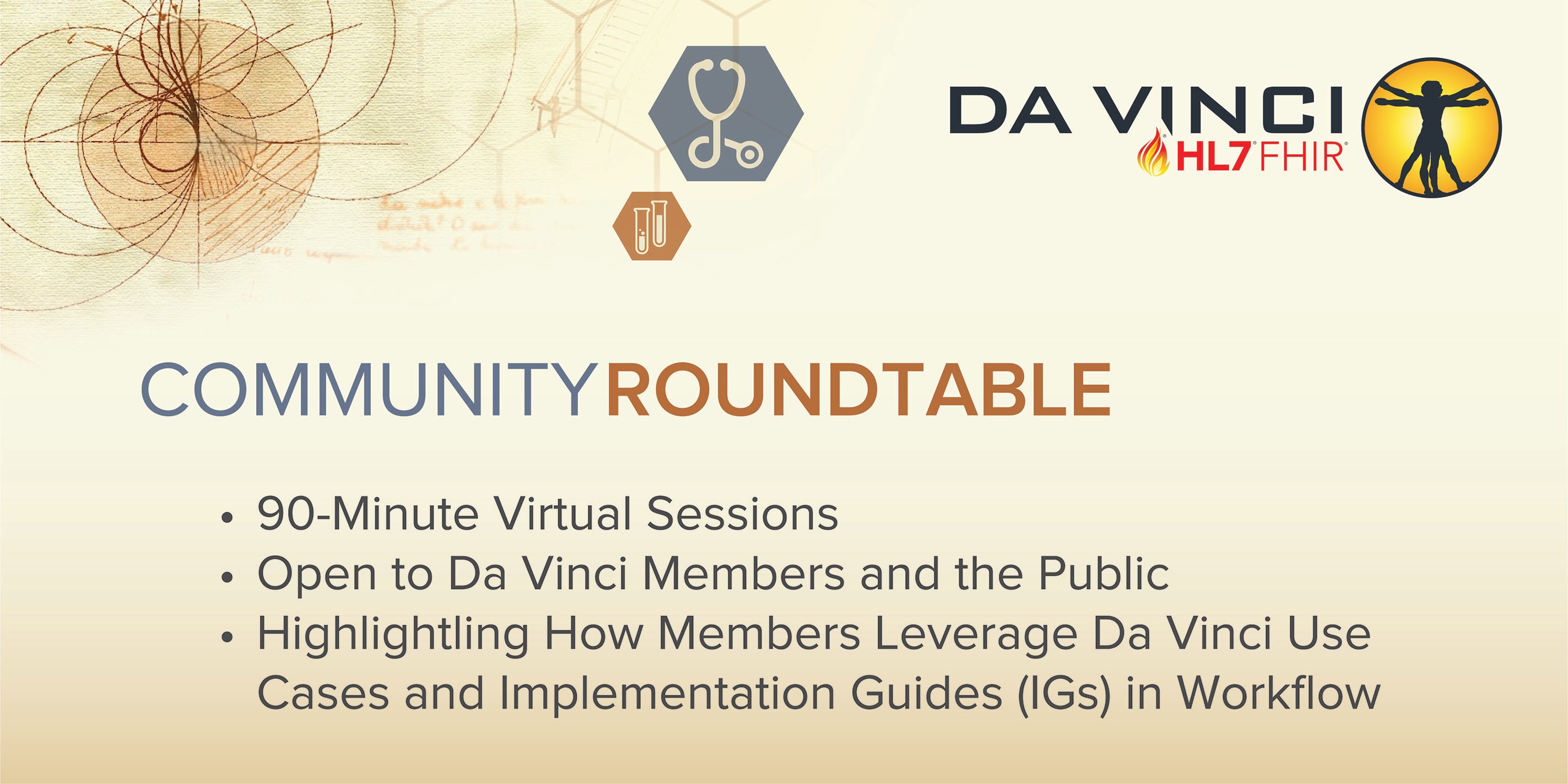Climbing the Summit
When surveying the current landscape, I see a host of reasons to be excited about where our little collective of clinicians, researchers, academics, standards geeks, and industry partners sit at the close of 2016. Those who dabble in health informatics and health IT can look back over the last five to eight years and see a real transformation in how care is delivered, and we are on the cusp of doing the same to the clinical research enterprise.
Advances in the coming years
Public policy, with the aid of congressional support and impressive scientific advancement, has laid the groundwork for what promises to be an exciting next few years:
- EHRs are no longer the play toys of academic medical centers, with more than 98% of hospitals and 51% of office-based physicians using EHRs to deliver care;
- Congressional support for efforts like the Precision Medicine and Cancer Moonshot initiatives has reached a fever pitch, which fundamentally shifts conversations from “what is ideal,” to “what can be operationalized”;
- Data storage prices have fallen through the floor and computational speeds have gone through the clouds, with more organizations are leveraging SaaS-based platforms;
- Advances in genetic sequencing and gene-editing technology have changed how we understand and treat disease for generations to come; and
- A cultural shift that integrates patients, families and participants into care and research decision-making.
Reaching summits only to discover more
Now, the experience of wiring our healthcare system has taught us that once we reach the summit of one challenge, we are likely to see the summits of other, more daunting challenges. This is a natural consequence of progress, which I measure by the complexity of our problems, not a list of our accomplishments. These complex challenges include:
- Continuing the march towards interoperability among different and disparate health IT;
- Identifying clinical utility of ‘omics’ data;
- Integrating useful omics data with routine clinical data; and
- Developing sustainable funding models, supported by data sharing and privacy-related public policies.




.png)


